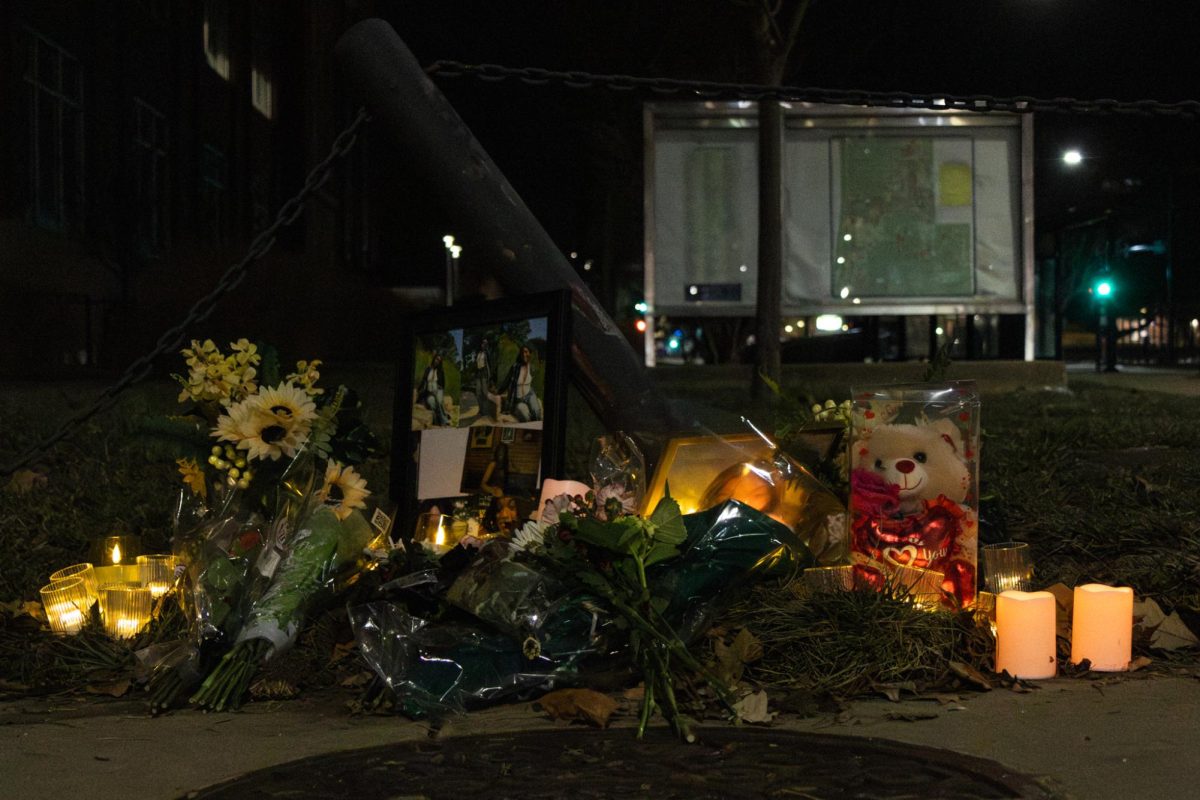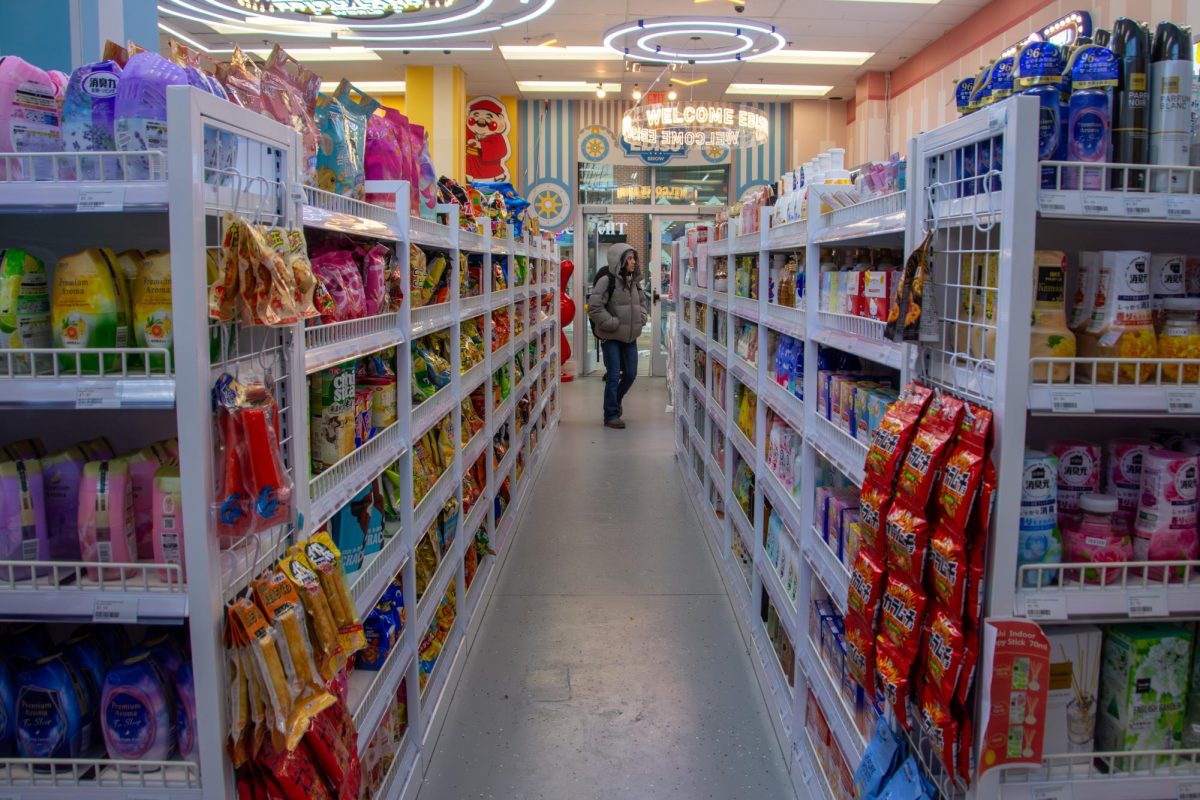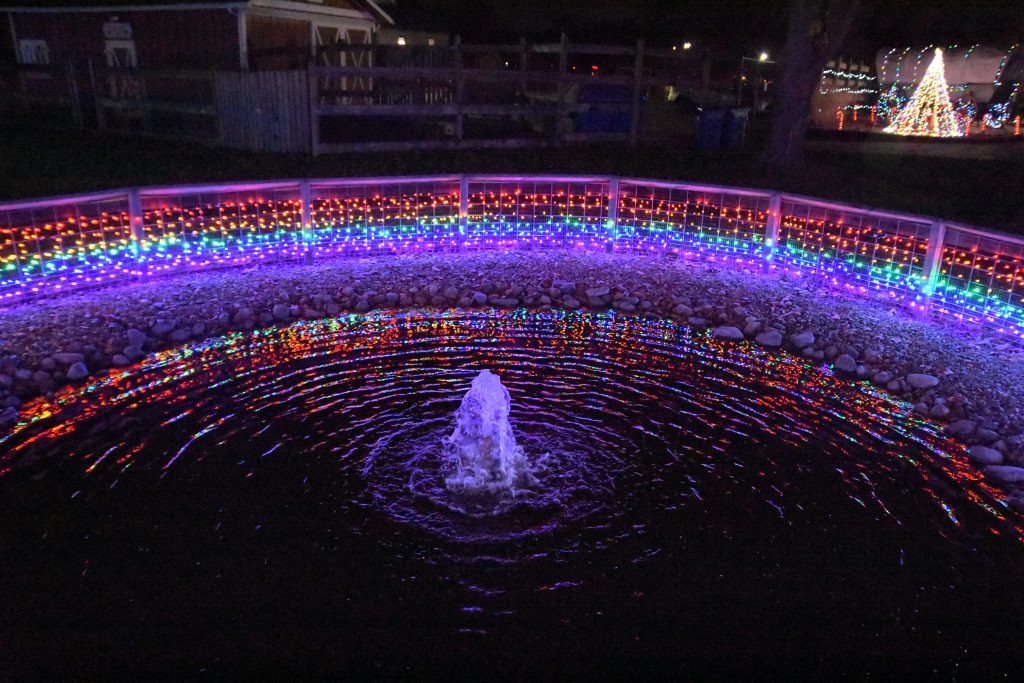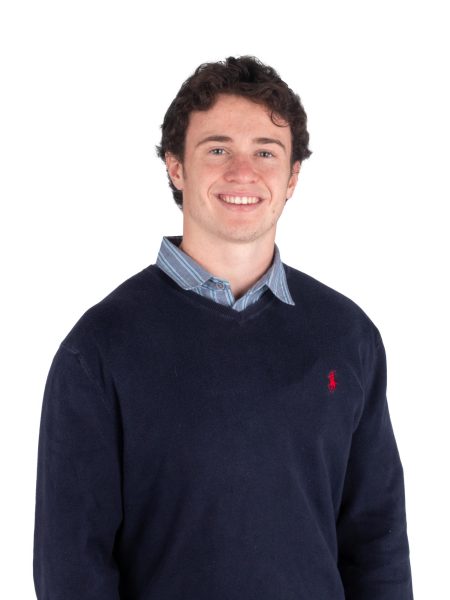The Champaign-Urbana community, along with the rest of the world, has endured relatively colder La Niña winters for the past three years. This approaching winter plans to break that streak, ushering in opposing conditions that the scientific world refers to as El Niño.
Translated to “The Child” in Spanish, El Niño is a reference to the baby Jesus because its effects are usually felt around the time of Christmas. This Yuletide phenomenon typically leads to a warmer and drier winter in the Midwest.
“El Niño is a periodic warming of the waters in the eastern Equatorial Pacific Ocean,” said Jefferey Frame, professor in LAS and an expert in severe storms and winter weather. “This occurs about every three to seven years, and that’s a natural cycle that has nothing to do with climate change.”
This year’s El Niño is looking to be quite strong. To be considered an El Niño winter, Pacific temperatures must reach 0.5 degrees Celsius above normal. This September, temperatures had already breached 1.6 degrees Celsius above normal, and with a 30% chance of exceeding 2 degrees Celsius above normal, this could be shaping up to be the strongest El Niño since 1950, according to the National Oceanic and Atmospheric Administration.
In C-U, one can expect snowfall to be below average while temperatures will be above average according to the National Weather Service’s Climate Prediction Center. These predictions currently hold into March.
Get The Daily Illini in your inbox!
However, Frame strongly emphasized the difficulty of predicting such weather that is more than two weeks away. “I can’t tell you right now what the weather is going to be like on Thanksgiving,” Frame said.
There’s still a lot of ground to cover in terms of seasonal forecasting. However, according to Frame, current technologies perform better than traditional methods.
“Certainly this is better than the Farmers’ Almanac, or (predicting using) wooly worms or persimmons … none of that matters,” Frame said. “We’ve looked at El Niño winters and what’s happened but not every El Niño winter ends up like this, but more often than not they do.”
Frame referenced chaos theory as the driver for how incalculable it is. “If a butterfly flaps its wings in China it might rain in Central Park a week later,” he said. “That is what we’re dealing with …the equations of fluid dynamics on a rotating sphere.”
Frame explained that with these temperamental conditions, you can never be sure what a winter will look like. “I’m not saying we might not have cold days mixed in, (we’ll probably have) really cold days in there,” he said.






